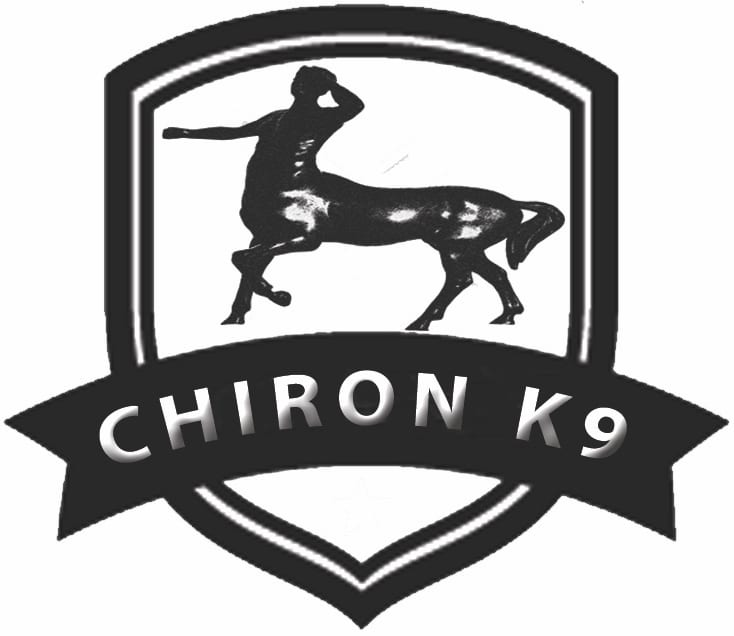Challenge
According to the U.S. Department of Energy, 1.3 million gallons (4.9 million litres) of petroleum are spilled into U.S. waters from vessels and pipelines in a typical year. This statistic demonstrates both a significant need for improvement and a significant opportunity for support of oil detection and pollution prevention within the oil industry.
- Shoreline Cleanup Assessment Technique is methodical and slow:
Specialized SCAT Teams spend the majority of their time assessing areas that contain no oil. - Digging pits to locate sub-surface oil is manpower and time consuming:
Digging pits every 10 meters is a slow process and does not ensure 100% coverage of the search area.
Solution
In response to current shortfalls in technology and techniques, the oil industry and environmental groups have sought alternative detection methods. The most recent advances in oil detection are the result of controlled field trials and participation in an oil spill response operation using professionally trained canines and handlers. A series of rigorous, successful, controlled field trials held in 2015 were followed by a 2016 field study in Nova Scotia, after a release from the sunken T/V Arrow. Subsequently, four Oil Detection Canine teams were deployed over a 6-month period in 2016-2017 following a pipeline spill to locate surface, subsurface, and shallow submerged oil over wide areas on the North Saskatchewan River. In 2017, a set of trials in Prince William Sound, Alaska provided further evidence of the ability of Oil Detection Canines to find (previously known) subsurface oil sequestered in sediment beaches. This combination of recent experience demonstrates the value, reliability, effectiveness, and efficiency of Oil Detection Canine support for high confidence and low risk detection of both surface and sub-surface oil.
An Oil Detection Canine is trained to search for and alert the presence of target hydrocarbons, either surface or sub-surface.
For shorelines, lake shores, river banks and terrestrial environments, K9-SCAT teams can:
- Conduct an off-leash Wide Area Search (WAS) to “clear” areas for No Detectable Oil (NDO) surface or subsurface oil as part of an initial ground survey or as part of a post-cleanup inspection (“sign off”) process within a SCAT survey program,
- Cover large areas efficiency and efficiently to locate surface and/or sub-surface target oil saving manpower and costs
- Delineate subsurface oil with on-leash search patterns if oil is located by a WAS, and
- Operate in wetlands and scrub land, where aerial or ground observers may not be able to detect surface or subsurface oil, or on difficult terrain such as vegetated bedrock, boulders or rip rap.
For onshore and shallow underwater pipelines, oil detection canines have the proven potential to support pipeline integrity management, particularly in the following areas:
- Routine inspection, as part of an integrity management plan
- Situations where corrosion has been identified by In Line Inspection (ILI), and a verification of ‘no leak’ is required
- Situations where coating problems have been identified by above-ground surveys
- Pipelines that cannot be “pigged”
- Delineation of the area of a subsurface leak
- Locations with poor cathodic protection coverage ® Cases where there are suspected ‘illegal taps’ and theft
Oil Detection Canines have a proven capability at locating surface and sub-surface oil in extremes of environments and conditions.
They integrate into SCAT operations, and can be deployed by all forms of transportation (vehicle, foot, boat, ATV, helicopter).
Results
How do we know they are a proven technology?
Because I have been in the field handling an Oil Detection Canine as well as the Technical Advisor and Subject Matter Expert! I have located surface and sub-surface oil targets with a canine. I have located over 3500 alerts on target oils with confirmed amounts from stain to sub-surface mats.
- 99.7% detection rate in scientific field research trials
- Faster and more efficient than SCAT Teams without canines
- Over 9000 recorded finds in field deployments
- Saves manpower and time and therefore costs




